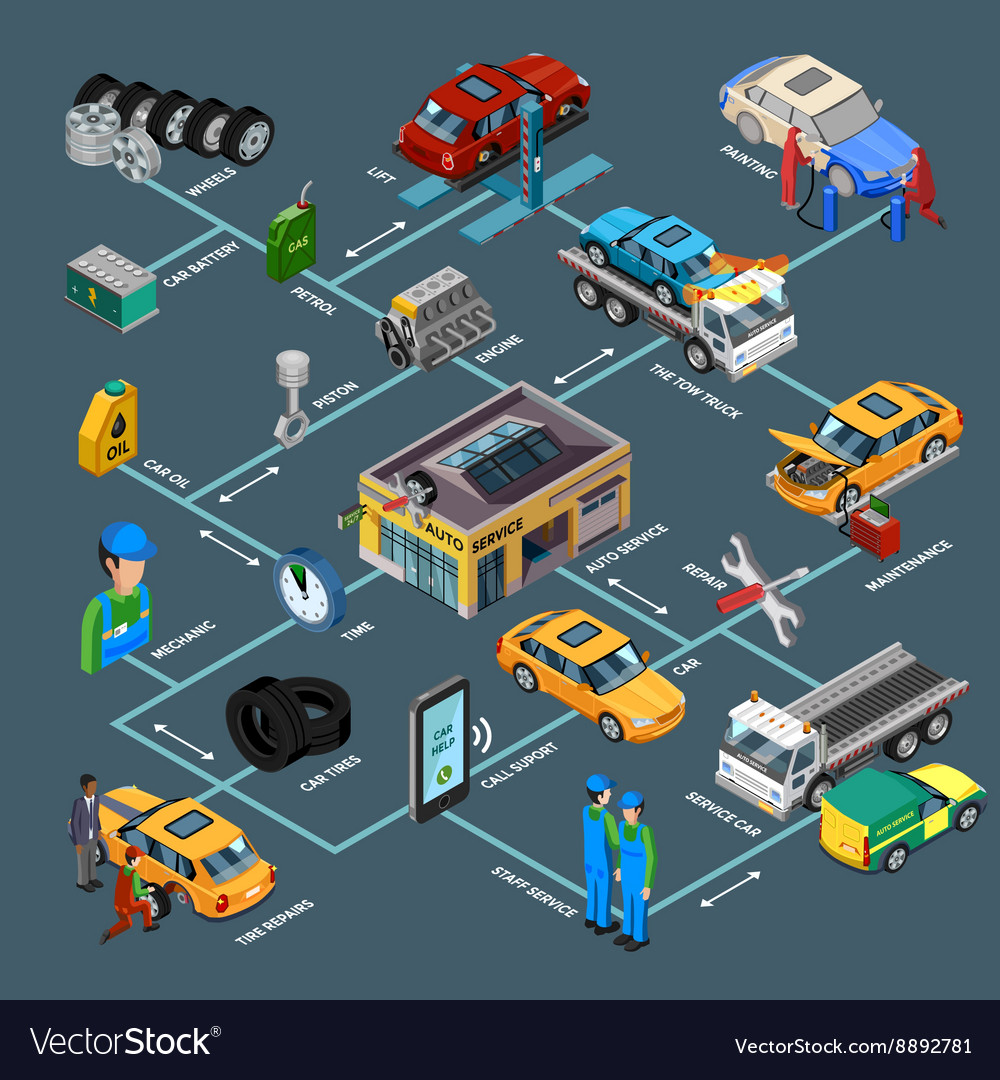Understanding The Definition Behind Your Automobile'S Warning Lighting: An Extensive Look
Understanding The Definition Behind Your Automobile'S Warning Lighting: An Extensive Look
Blog Article
Web Content Create By-Hartley Shepherd
When you lag the wheel, those glowing caution lights on your control panel can be a bit difficult. Do you know what they're attempting to inform you regarding your cars and truck's health? Understanding the relevance of these lights is vital for your security and the durability of your car. So, the following time one of those lights pops up, would not you wish to understand its message precisely and take the required steps to resolve it?
Common Caution Lights and Interpretations
Identify typical caution lights in your automobile and understand their significances to make sure safe driving.
One of the most normal warning lights consist of the check engine light, which signifies concerns with the engine or exhausts system. If this light comes on, it's important to have your automobile examined quickly.
The oil stress alerting light shows reduced oil pressure, calling for prompt focus to prevent engine damages.
A flashing battery light may suggest a faulty billing system, potentially leaving you stranded if not attended to.
The tire pressure monitoring system (TPMS) light alerts you to low tire pressure, impacting lorry security and gas effectiveness. Overlooking this could lead to dangerous driving conditions.
The ABS light suggests a problem with the anti-lock stopping system, endangering your capacity to stop swiftly in emergency situations.
Lastly, the coolant temperature warning light warns of engine overheating, which can result in severe damages if not solved swiftly.
Understanding these usual warning lights will certainly help you attend to concerns without delay and maintain risk-free driving problems.
Relevance of Prompt Attention
Recognizing the usual warning lights in your vehicle is only the primary step; the importance of promptly resolving these warnings can not be stressed enough to ensure your safety and security when driving.
When a caution light illuminates on your control panel, it's your auto's method of communicating a prospective issue that requires focus. Neglecting these cautions can cause a lot more extreme troubles in the future, compromising your safety and possibly costing you more in repairs.
Motivate interest to alerting lights can stop break downs and accidents. As an example, a flashing check engine light can show a misfire that, if left neglected, can trigger damage to the catalytic converter. Addressing https://drivers-class-near-me73940.ja-blog.com/30259449/fatigued-of-average-outcomes-discover-means-to-bypass-common-car-describing-blunders-and-open-the-keys-to-a-perfect-appearance can conserve you from a costly repair work.
Likewise, a brake system advising light might signify low brake liquid or used brake pads, vital elements for your safety and security when driving.
Do It Yourself Troubleshooting Tips
If you see a warning light on your control panel, there are a few do it yourself repairing ideas you can attempt before looking for professional help.
https://www.fourstateshomepage.com/news/local-news/fire-officials-discover-cause-of-auto-repair-shop-blaze/ is to consult your car's manual to recognize what the specific caution light suggests. In some cases the concern can be as easy as a loosened gas cap causing the check engine light. Tightening the gas cap might settle the trouble.
An additional typical issue is a reduced battery, which can trigger various alerting lights. Checking the battery links for corrosion and ensuring they're safe might fix the trouble.
If a caution light lingers, you can try resetting it by separating the auto's battery for a few mins and then reconnecting it. Additionally, checking your car's fluid levels, such as oil, coolant, and brake liquid, can assist repair cautioning lights related to these systems.
Final thought
Finally, comprehending your auto's warning lights is crucial for keeping your car running smoothly and safely. By without delay resolving these notifies and recognizing what they imply, you can stay clear of expensive fixings and possible break downs.
Bear in mind to consult your cars and truck's manual for particular details on each advising light and take action appropriately to guarantee a hassle-free driving experience.
Remain informed, remain secure when traveling!
